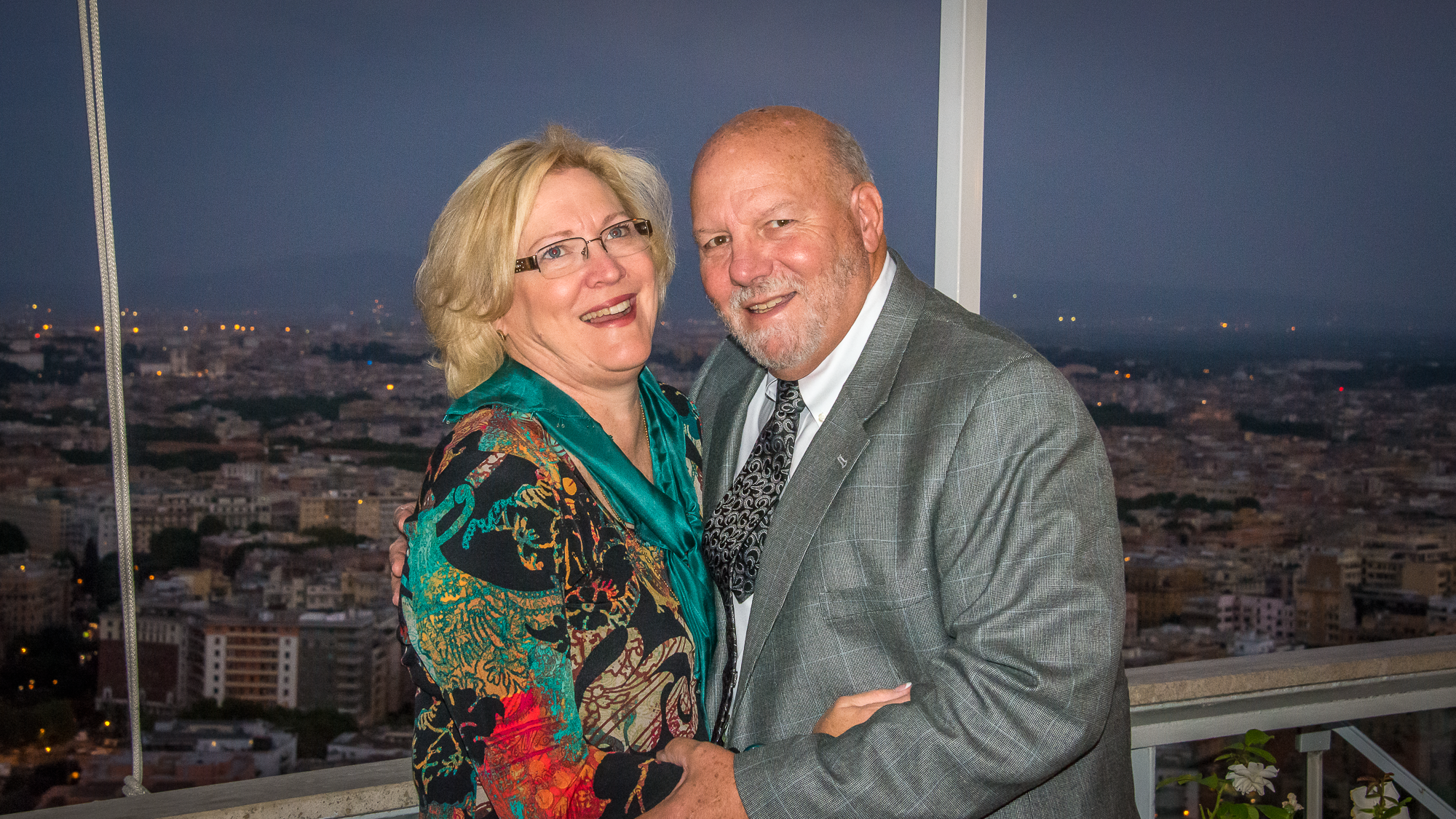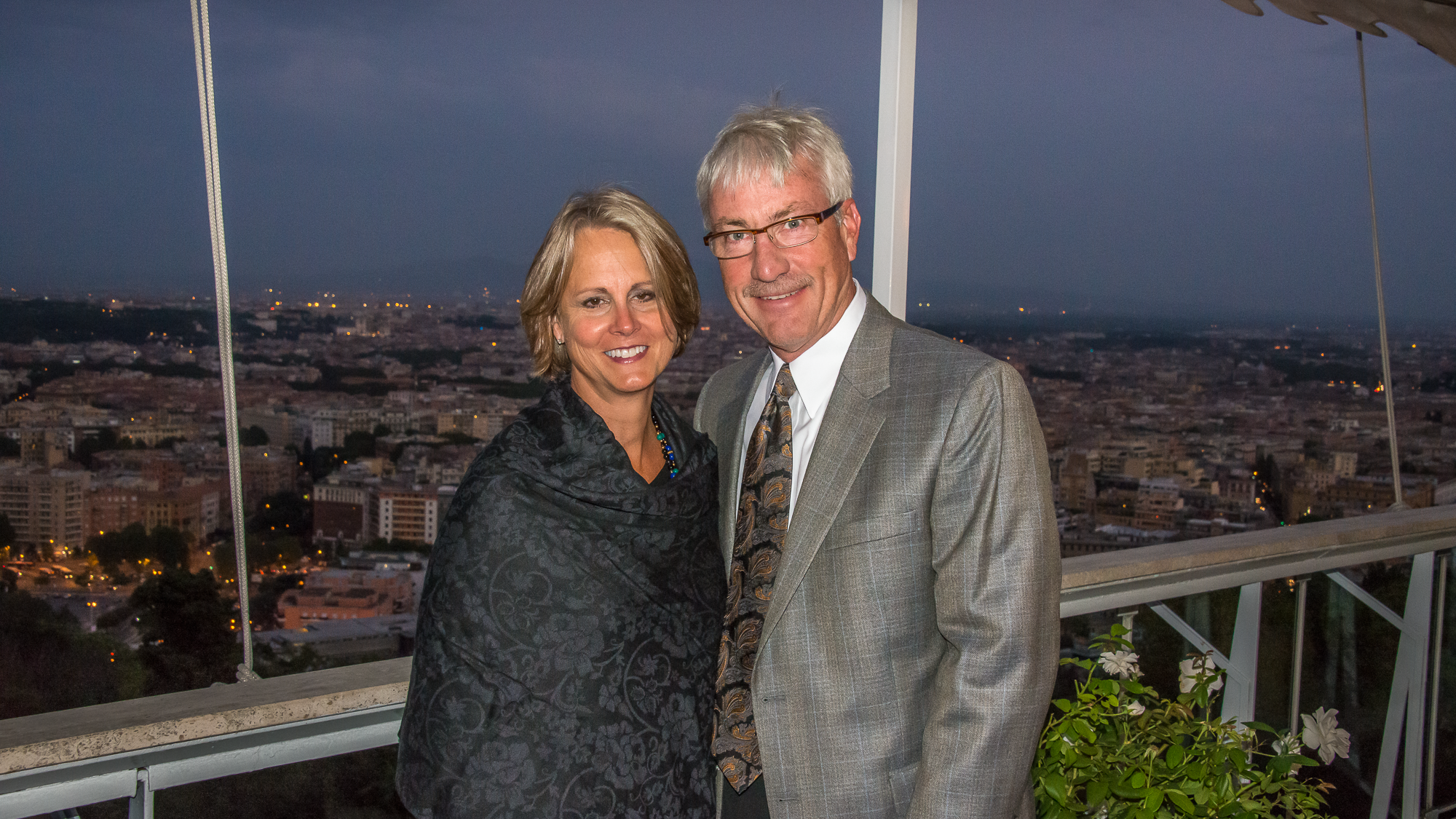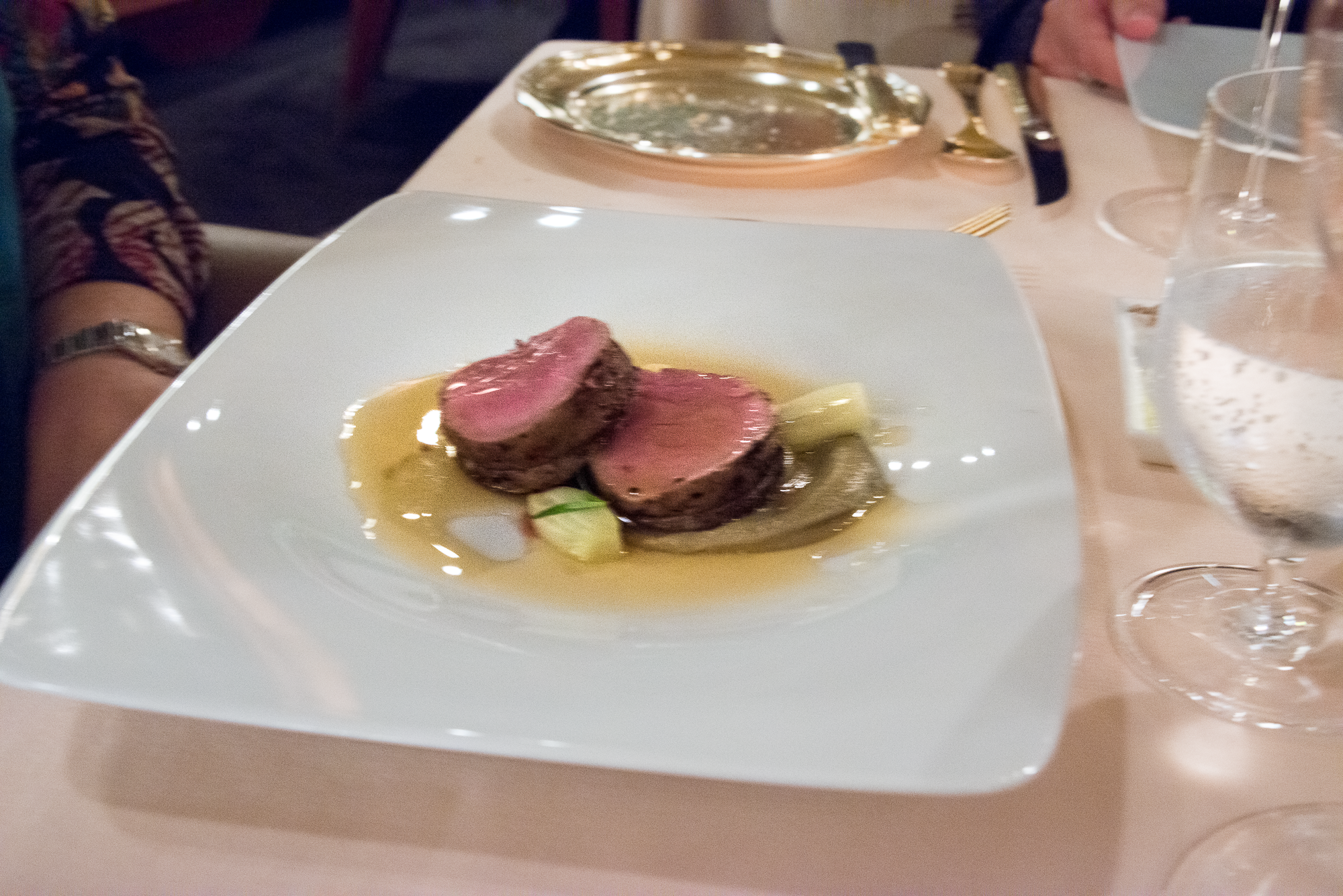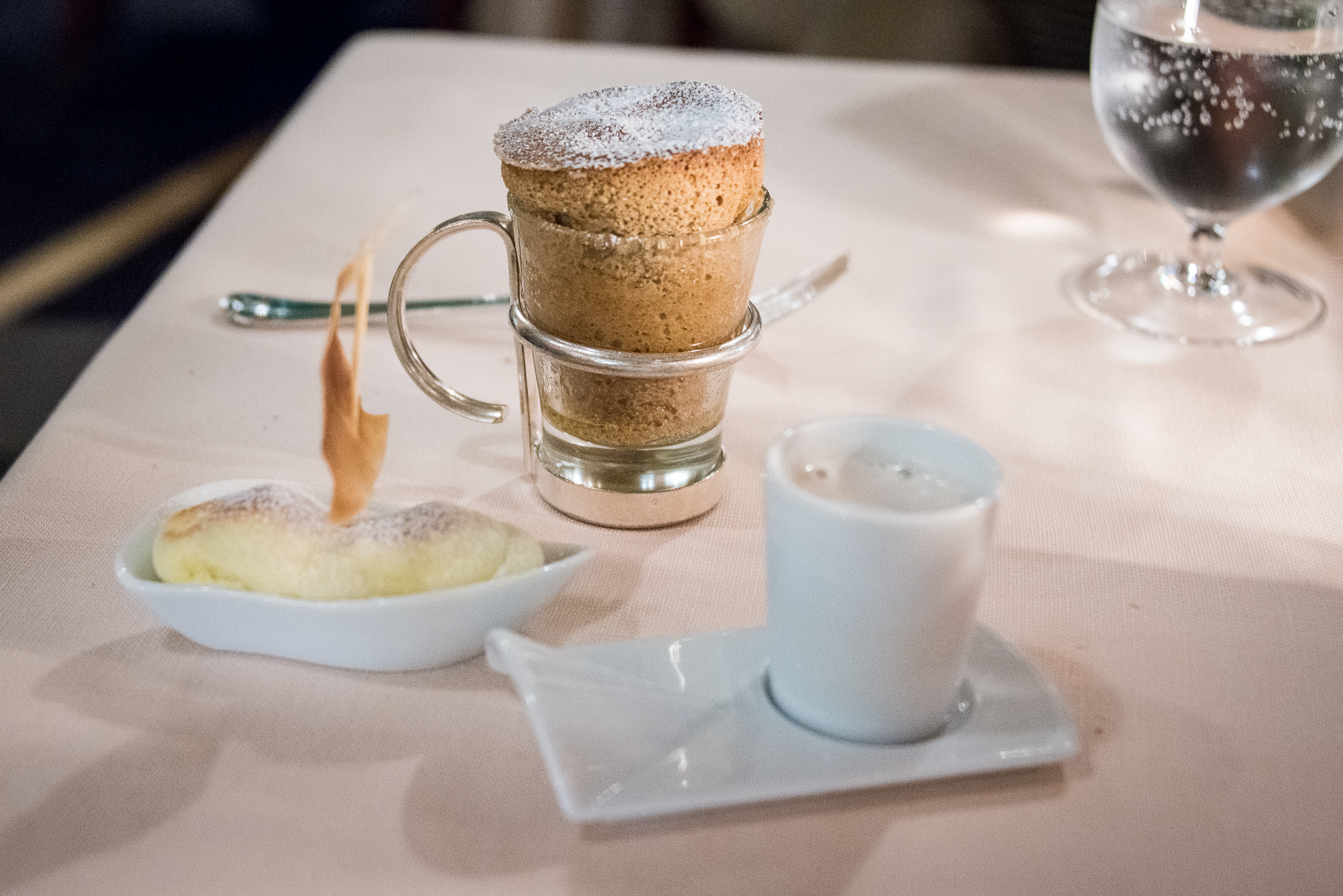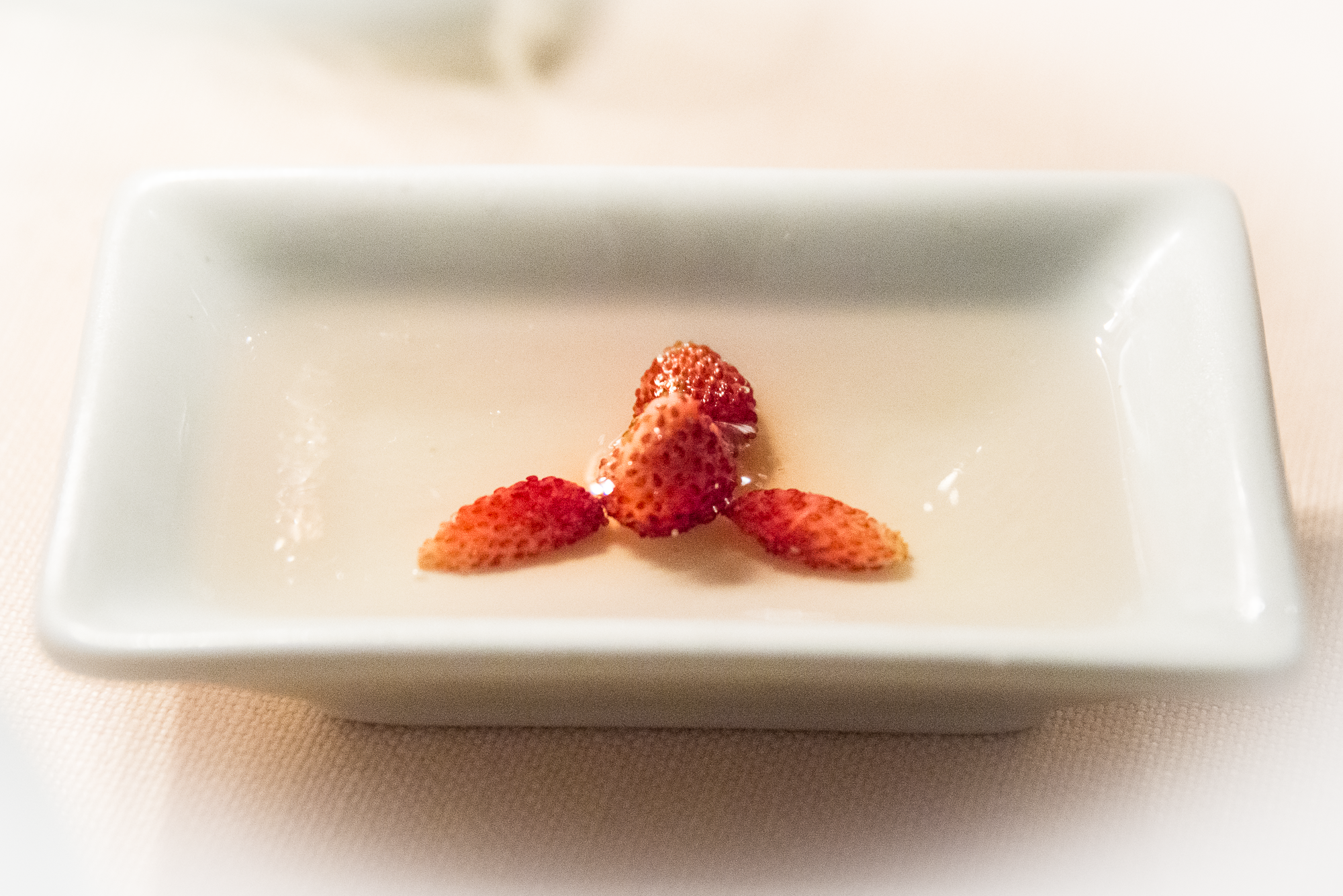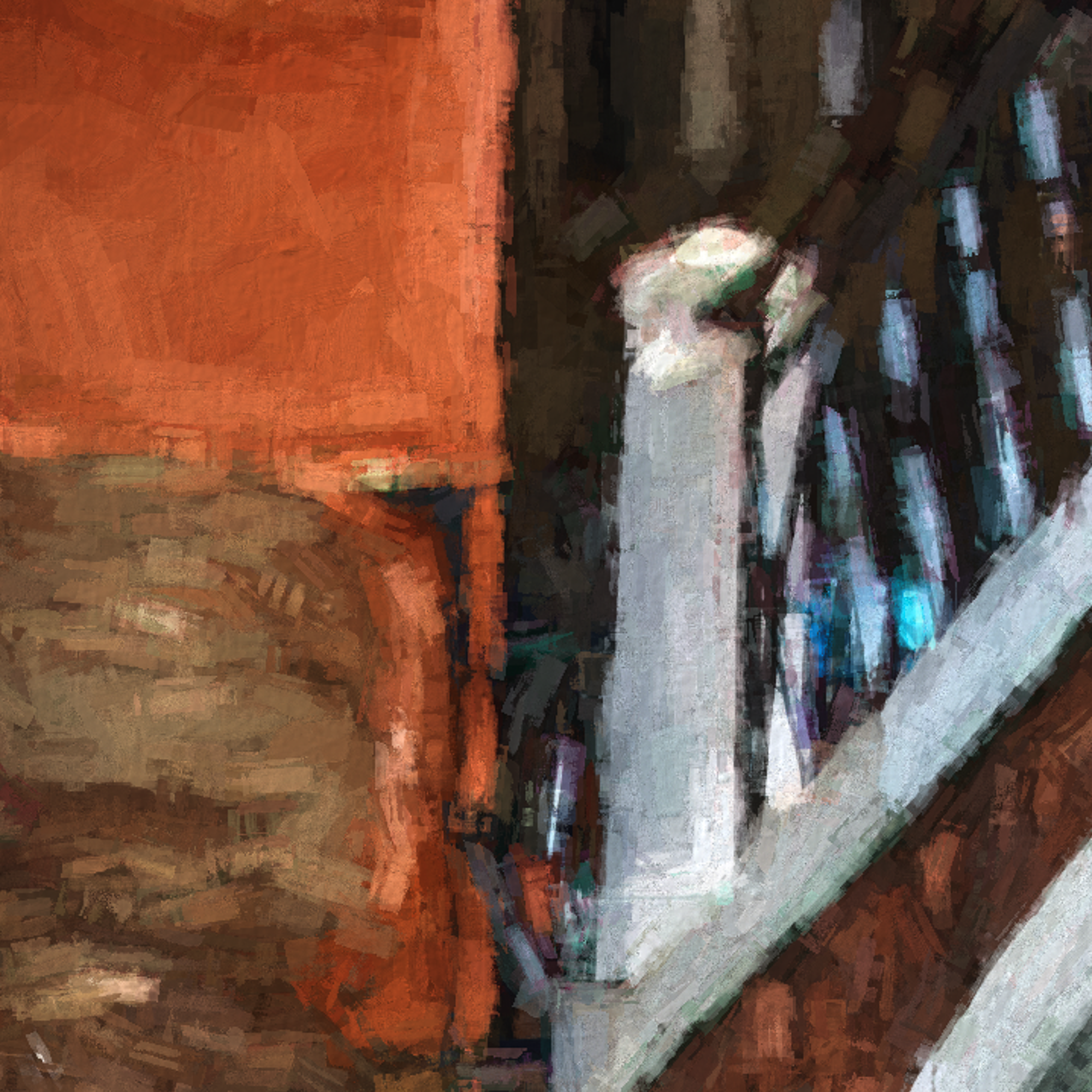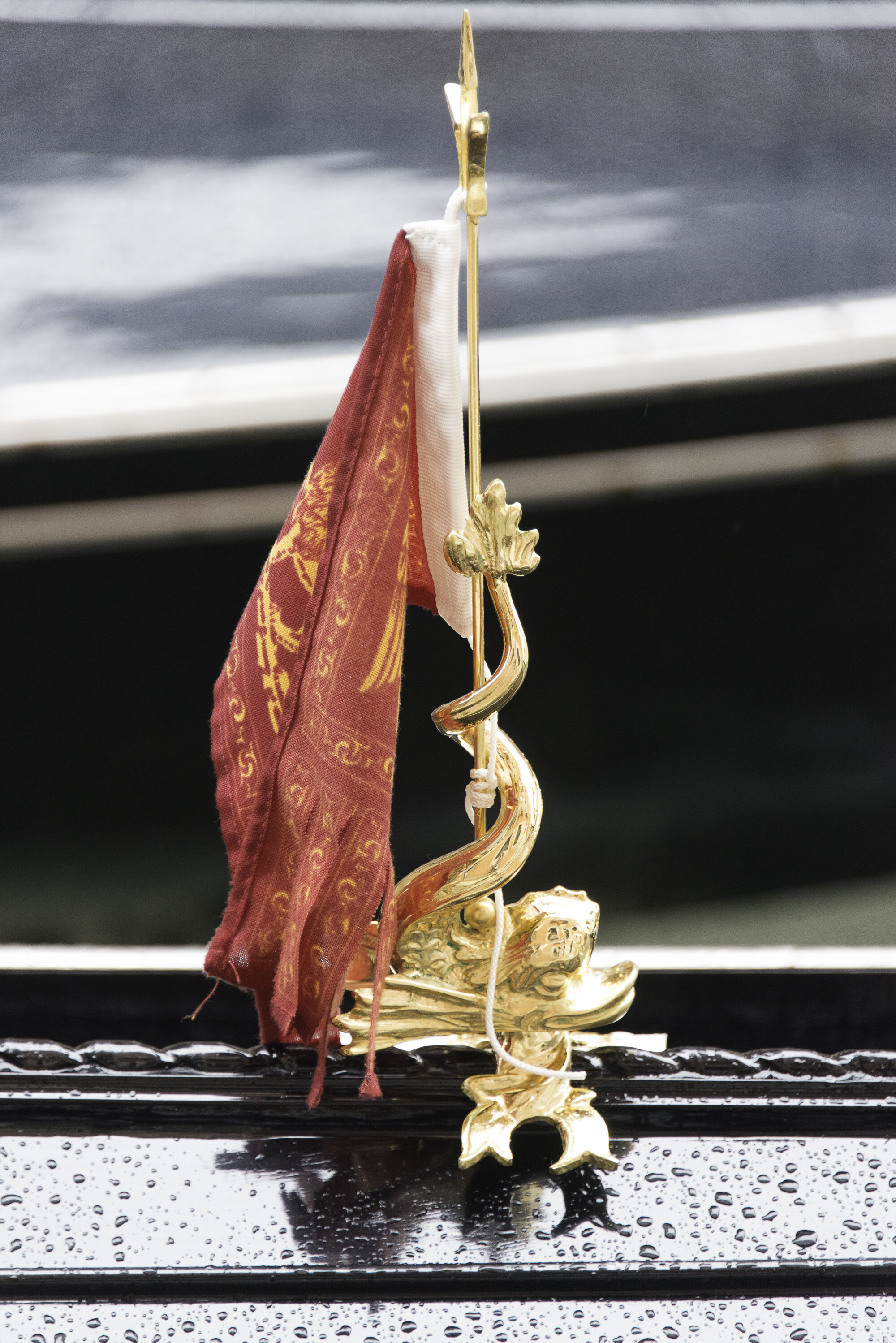[This is the first of 3 consecutive articles vis-à-vis Michelin-starred restaurants]
Italy…
The people…ahh.
The land…ahh.
The wine…ahh.
The food…ahhhhhhh!
La Pergola
Welcome to Italy…it has all that the heart could desire. And as you’ve gathered from the ahhs, above…the food has a special place in our hearts…and stomachs.
There are many, many nice restaurants in Italy, and we’ve been to a good number. However, La Pergola has provided fond memories for the past 10 years.
Email Transcript between Signore Burkett (me) and the Maître d’ of La Pergola
Me - August 10, 2012: Dear sirs, I would like to make a reservation for dinner for the evening of September 29, 2012 at 7:00pm.
Maitre d’ response: Signore Burkett, you must understand that for one to make a reservation at La Pergola, one must do this at least four months in advance. We are so sorry.
Maitre d’ - August 12, 2012: Signore Burkett, we are pleased to let you know that a cancellation has occurred at La Pergola for the night of September 29, 2012, this being a most uncommon occurrence, for which we are most confused. Should you still desire to dine with us, please reply with your intentions. And, please provide us your social-security number so that we may kindly check your credit score.
Me: Yes. Sure. Of course. Thank you. We will see you at 7:00pm on September 29th.
Maitre d’ - August 18, 2012: Signore Burkett, based on your credit score, please be sure that your credit card has sufficient funds for your visit to La Pergola.
I may have embellished a bit in jest on that email exchange, but you do get the gist…we were negated, and then affirmed. And, the Maître d’ didn’t say most of that, of course…though we probably had to provide a credit card number to guarantee our reservation…not uncommon.
La Pergola
So, where exactly is La Pergola? Good question. It is in Rome. To be exact, it sits on a hill less than a mile due north of the Vatican. It is located in the Waldorf-Astoria Cavalieri Hotel. As seen in this aerial photo, it is the roof-top terrace within the green box, atop the hotel.
I will present La Pergola to you along a timeline of our evening. The evening began at 7:00pm and ended at 10:00pm. This is typical of nice restaurants…particularly in Europe.
What you will see is not typical of most restaurants in Italy. La Pergola is in the rarified atmosphere of Michelin 3-starred restaurants in Italy, of which there are only 11 in the entire country. Expect slow. Expect numerous, and thus smaller, portions. Expect outstanding service. Expect outstanding taste, texture and presentation. And, when Il Conto (the bill) comes, expect it to be a bit larger than normal…but you did check your credit card balance, as suggested, right. You get the picture.
Next week we’ll look at how Michelin rates restaurants…and then we’ll look at some ways for garnering a star or two, or three.
7:00 - The Terrace
We arrived promptly at 7:00pm and we were taken to the terrace for cocktails and light appetizers. The view was outstanding.
Here you can see some of those exquisite grounds of the Cavalieri.
Why those three folks are swimming laps and not dining at La Pergola, I have no idea. Well, maybe I do have an idea…maybe they didn’t write for a reservation early enough!
I mentioned the setting overlooking the Vatican…and here you see the dome of St Peter’s in the early evening.
As we are certainly dressed for the occasion, it’s time for a couple of couple photos. And no, I’m not tickling Ellen…eight-years later, I don’t seem to remember what has amused her. And, Debbie and Scott look really nice.
7:15 - First Toast
As we sat on the terrace, we had our first toast…prosecco for the ladies, a martini for Scott, and a Negroni for myself.
Light appetizers were served whilst we sat enjoying the view from the terrace. Very tasty, indeed. And note the plating, including the special holder for those round crackers. This sort of accessory seems to be a feature, or requirement, for garnering 3 stars.
As our table is ready, it’s time for us to go inside.
7:45 - This is Us
We are, from left to right, Ellen, me (Signore Burkett), Scott, and Debbie Kennedy.
The Burketts and the Kennedys
7:50 - The Menu
There is this really neat thing about menus in the nicer restaurants of Italy…at least I think it’s neat…but I guess I’m not part of this modern, non-chivalrous era…and more likely I’m part of the problem. The point of this photo is to show you that (using the dessert menu as an example), while the men’s menu has prices, the lady’s menu above it, does not.
Am I some sort of an old-fashioned pig for thinking that this is, in some way, charming? For thinking that there is a significant and wonderful difference between women and men? For thinking that it’s fun to celebrate that difference in small ways? If so, then ‘oink oink!’ (which I will not bother to translate in this setting…ladies are, after all, reading this article, too).
Not that you can read it all that well, but here is the dinner menu…obviously belonging to one of us gentlemen at the table.
8:00 - Amuse Bouche
I thought it was something about an amusing bush, but the waiter said, ‘No signore, it is a small complimentary appetizer offered at some of the finest restaurants’. OK, now we know. I really can’t remember what it was…but it was surely very tasty…and not a bit amusing…and quite the plating, right?
Now is a good time to show you how our table was decorated with a couple of vases of flowers, and a couple of great friends. And, don’t miss those fabulous wine glasses…very light, classy and made for enjoying a heady red wine.
8:15 - Appetizers
I wish I could remember what we were eating, as it looks really good.
8:40 - Entrées
While we are awaiting those entrées, Debbie does a fabulous job of showing us how to hold one of the beautiful wine glasses…and note that this one is different that what you had seen above…a tulip shape…thus a burgundy, perhaps?
Once again, I have failed to document each item that arrived at our table…my bad. But here is what I did manage to photograph before getting down to serous business.
9:15 - Look at Ellen Because She Looks Absolutely Radiant
9:23 - A Pre-Dessert Dessert
Was this a palate cleanser? I believe it was! Palate cleansers are designed to remove any lingering flavors from the mouth so that the next course may be enjoyed…and as the next course was dessert, this was very important.
9:25 - Our Just Desserts
Funny thing about the desserts. Debbie, Scott, and I each had our individual, yummy and scrumptious, desserts. Ellen saw something on her menu (the one without prices, remember?) that said ‘Grand Dessert’, and as everything so far had been grand, and wanting it to stay that way, that’s what she ordered. We lost track of how many plates came her way, but we think it was nine, perhaps…really, nine. It’s one of those little things that make for great memories…’Remember that time in Rome when Ellen got those nine desserts?!’
That third dessert from the left? There was enough foam on Debbie’s plate to put out a fire!
Scott’s dessert was very cool, so it gets special attention…an iced sphere of pomegranate with gianduia cream poured over…and an itsy-bitsy cannelloni filled with a salty pine-seed Chantilly.
9:40 - More Wine?
We do appreciate…and desire…a nice dessert wine, and this one was nice, indeed.
9:57 - A Post-Dessert Dessert
So, this is one of those restaurants that gives you a sweet, parting gift. It is often a chocolate truffle that you can eat whilst back at your hotel. But, this one had to be enjoyed right on the spot.
10:00 - Blow Out the Candles, the Party’s Over…
That’s right. The candles have burned down and its time to go. But, that’s ok, we have a busy day in Rome tomorrow…lots to see and do…and eat…and drink.
7:45pm, April 20, 2015 - Amsterdam - A Short Diversion
I know, I know, it’s not polite to talk about The Netherlands amongst people who want to talk and read about Italy. But, I have to share this fine-dining experience with you.
We were eating at Johannes in Amsterdam one fine evening in April, 2015…the flowers are at their peak then, so go!
Anyway, we had our first of several courses as seen here. A cute little pedestal thingie upon which were three most tasty treats.
Noticing that we had consumed course number one, our waitress came by to ask if we were ready for course number two.
‘Of course!’ we said.
She began turning over our course-number-one pedestal thingies and what was embedded up under the pedestal…course number two, of course!
Amazing.
That’s it folks. A fabulous meal with friends that we will remember for the rest of our years. We’ve most definitely talked about it over the past eight years.
Would we go back? Under one condition…we want you to be with us…and I just happen to have a couple of new credit cards to try out!
Ciao for now,
Steve


